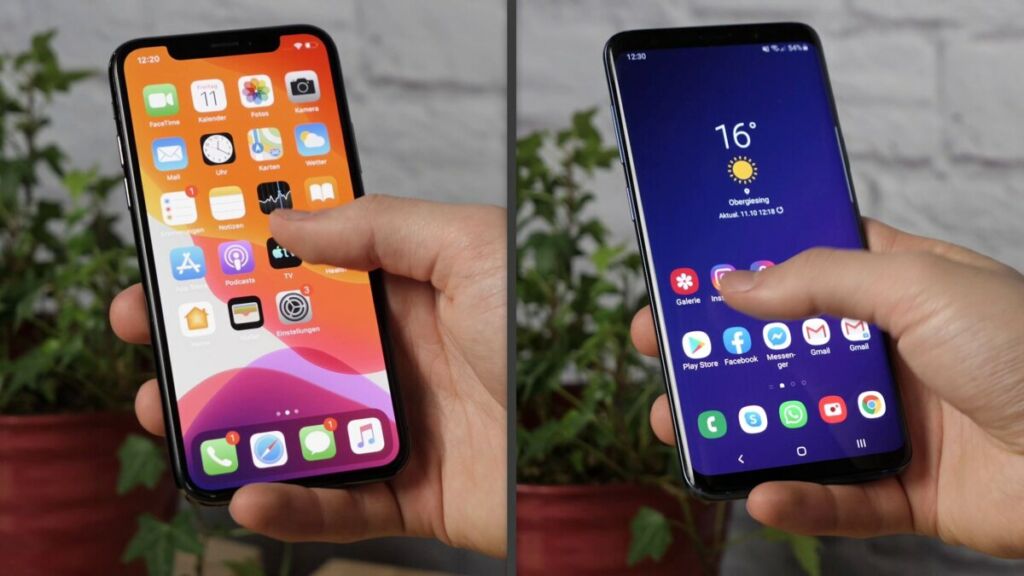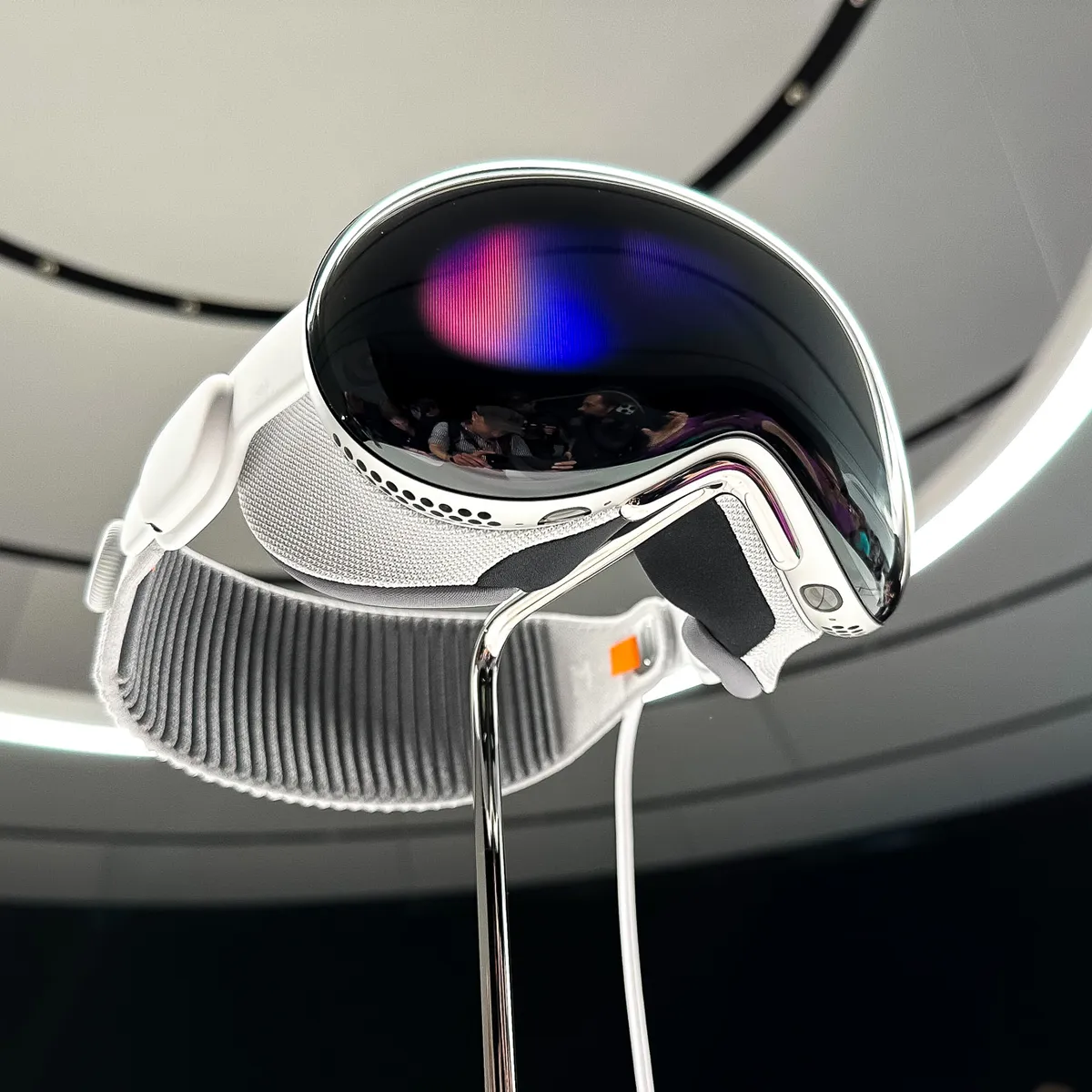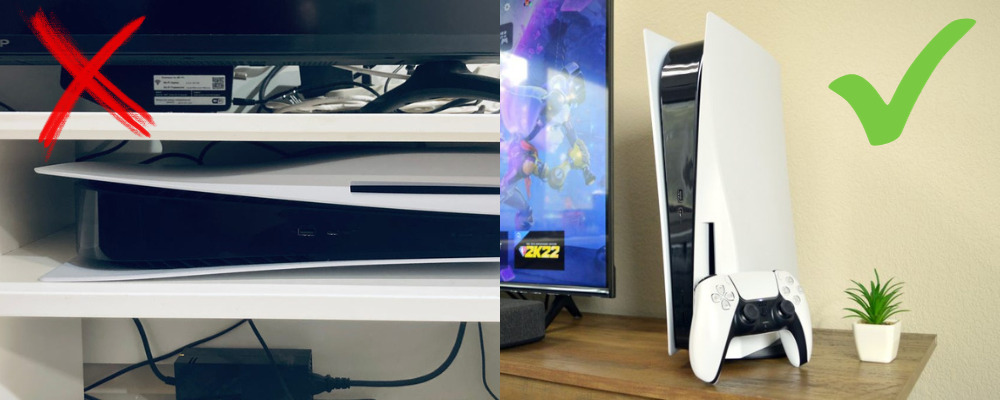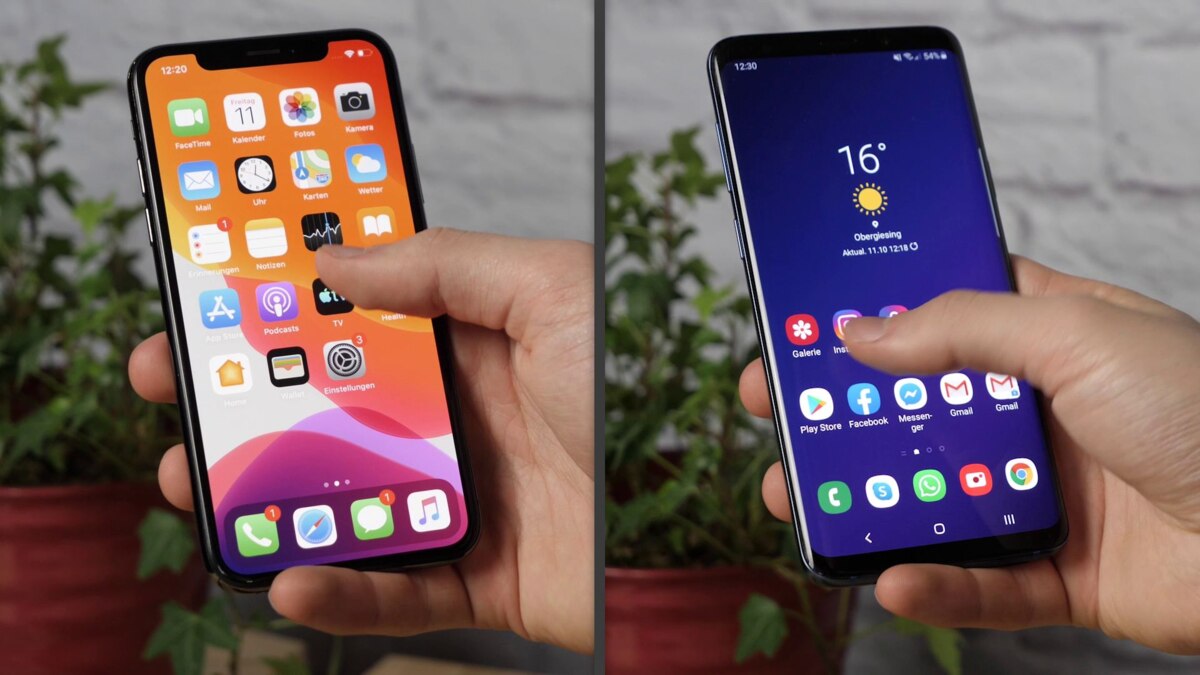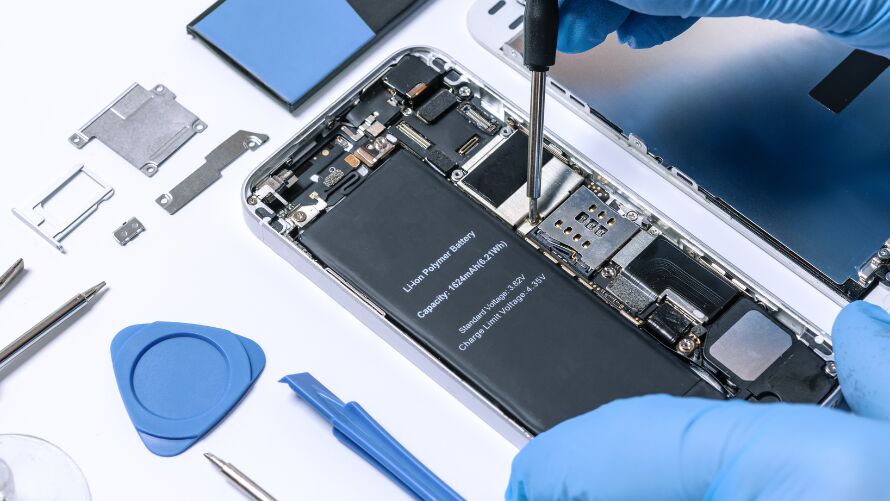Choosing the Right Screen for Your Phone
In the ever-evolving landscape of smartphones, one of the key elements that captivates users is the display screen. The multitude of options and technical jargon, however, can leave consumers bewildered. In this guide, we will delve into the diverse world of mobile screens, highlighting the differences that matter and providing insights on how to choose the perfect screen for your needs.
Understanding the Basics: Types of Mobile Screens
LCD (Liquid Crystal Display):
LCD screens use a backlight to illuminate pixels, providing vibrant colors and sharp images. They are commonly found in budget and mid-range smartphones.
AMOLED (Active Matrix Organic Light-Emitting Diode):
AMOLED screens offer deeper blacks and better contrast ratios by individually illuminating pixels. This technology is often featured in premium and flagship devices.
OLED (Organic Light-Emitting Diode):
OLED is similar to AMOLED but is considered a broader category. OLED screens can be flexible, enabling innovative designs like foldable smartphones.
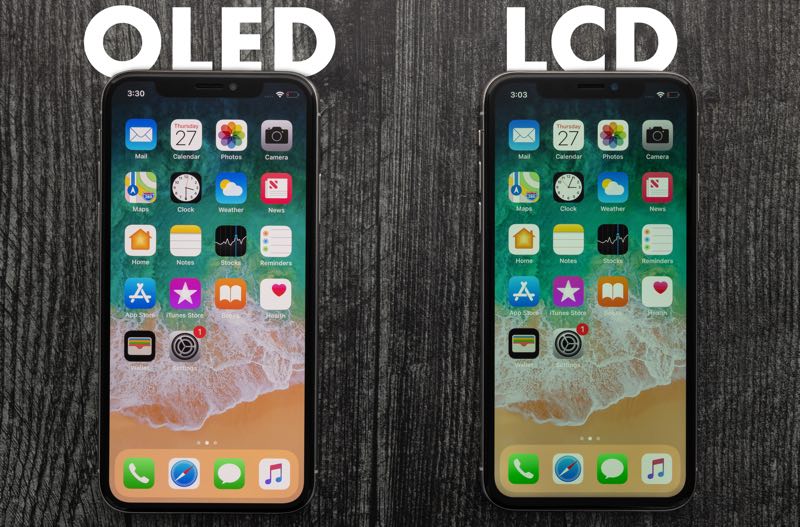
IPS (In-Plane Switching):
IPS screens provide wider viewing angles and accurate color reproduction. They strike a balance between LCD and AMOLED technologies.
Key Factors to Consider When Choosing a Mobile Screen:
Resolution:
Look for a higher resolution for crisper images. Full HD (1080p) and Quad HD (1440p) screens offer excellent clarity, especially on larger devices.
Refresh Rate:
A higher refresh rate, measured in Hertz (Hz), results in smoother motion and responsiveness. Gamers and multimedia enthusiasts may prefer screens with 90Hz or higher.
Color Accuracy:
AMOLED screens often boast vibrant colors, but some users prefer the more natural color reproduction of IPS displays. Consider your preference for color accuracy.
Brightness and Visibility:
Higher nits indicate better brightness. If you frequently use your phone outdoors, look for a screen with high nits for better visibility in bright sunlight.
Size and Form Factor:
Choose a screen size that aligns with your preferences and usage patterns. Larger screens are great for multimedia and gaming, while compact screens are ideal for one-handed use.
How to Choose the Right Mobile Screen for You:
Identify Your Usage Patterns:
Consider whether you prioritize media consumption, gaming, productivity, or a combination of these. Your usage patterns will influence the ideal screen characteristics for you.
Budget Considerations:
Different screen technologies come with varying costs. Determine your budget and find the best compromise between features and affordability.
Hands-On Experience:
Visit a store to experience different screens firsthand. Pay attention to color reproduction, brightness, and how comfortable the screen size feels in your hands.
Read Reviews:
User reviews and expert opinions can provide valuable insights into the real-world performance of a mobile screen. Look for reviews that align with your usage priorities.
Choosing the right mobile screen is a personal decision that depends on your preferences and how you use your device. By understanding the differences between screen technologies and considering key factors, you can make an informed choice that enhances your overall smartphone experience. Whether you’re captivated by vibrant AMOLED displays or prefer the color accuracy of IPS screens, there’s a perfect mobile screen out there for you.
Breaking your cell phone screen is not pleasant, but worse than that is not choosing the correct screen for your device. The next time you need to change the screen on your cell phone, remember to choose the place that will take care of your device carefully.

